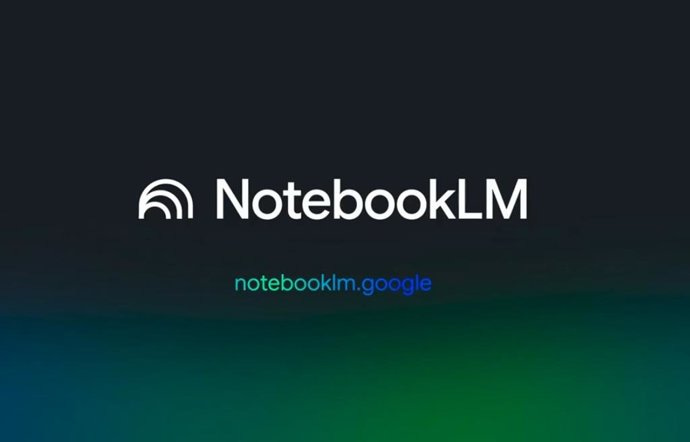NotebookLM is Constantly Improving its Features
What's new in the AI world 🌍 that I'm watching? 🧐 Trending AI Tools. 🌠
Keep reading with a 7-day free trial
Subscribe to AI Supremacy to keep reading this post and get 7 days of free access to the full post archives.




